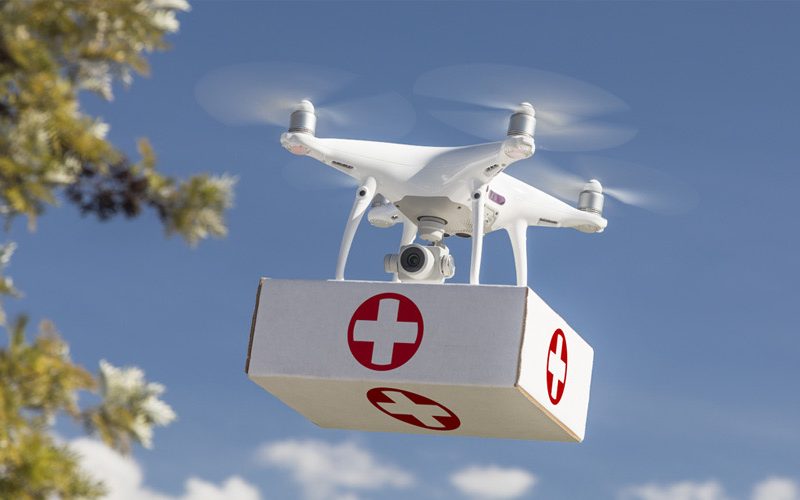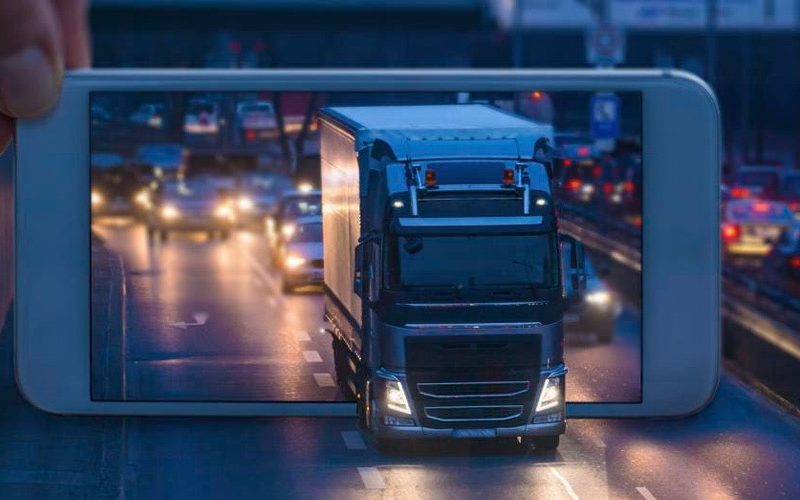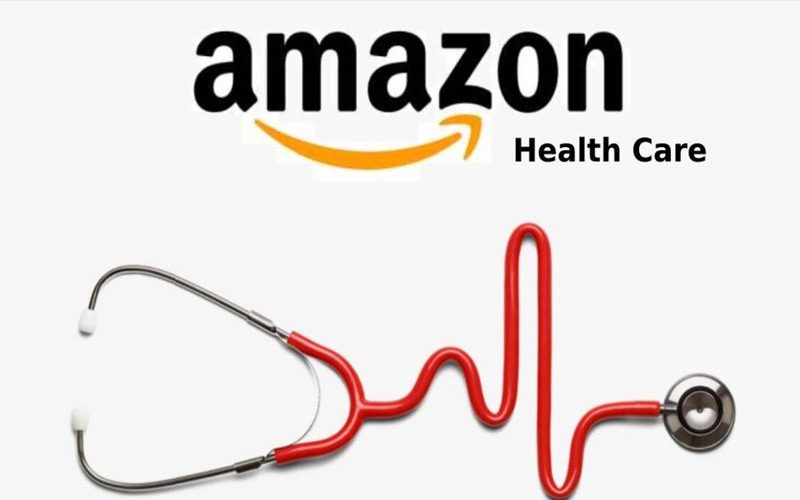Drones can quickly transport supplies that can save lives for vulnerable populations by removing access hurdles.
One of the biggest contributions of human ingenuity to raising the standard of living is the contemporary healthcare system. Yet many people in rural and developing areas of the world still do not have access to basic healthcare in this day and age. The present pandemic has highlighted the interconnectedness of all of our health outcomes, giving closing these gaps a new sense of urgency.
The poor world has been at the center of a trade-off in the healthcare industry for decades between waste and access. Unmanned aircraft are a great method to upgrade the last mile of medical deliveries and fill in access gaps. No matter where they are, drones can deliver just-in-time resupplies of vital medical supplies. Drones can make sure these commodities are ready when needed because the healthcare industry and systems cannot afford to maintain cold-chain items like platelets or blood on-site. Recently, several historical events have involved drones used in healthcare logistics. The first human organ to be delivered by a drone to a patient was a kidney, which was successfully transplanted into a patient last year at the University of Maryland. Last mile drone deliveries in nations like Rwanda and Ghana demonstrated how unmanned aerial vehicles may transport essential goods to locations rendered isolated by hills and sluggish, twisting roads as “rescue robotics” dominated discussions at the African Drone Forum in February. For more than 13,000 medical deliveries, Zipline drones have flown more than 1 million kilometers in Rwanda as of right now, demonstrating their potential for humanitarian purposes. Drones currently transport 35% of the blood needed for transfusions outside of Kigali. They are starting to send COVID-19 test materials to Ghana. Other nations are also beginning to support drones. India, a sizable nation with similarly challenging topography and severe healthcare disparities, has acknowledged the necessity to use drone delivery methods. Drone-based medical supplies have also been made possible and scaled up in the area thanks to Medicine from the Sky, an initiative of the World Economic Forum in collaboration with the Telangana State Government and Apollo Hospitals in India. Trials and research will be turned into aerial action during the project’s next phase. The World Economic Forum collaborated with the State Government of Telangana to co-organize a workshop at Wings India 2020, an event put on by the Indian Ministry of Civil Aviation and the Airports Authority of India, to gather all necessary stakeholders and create a pilot project showcasing the potential for drone delivery of medical supplies in India. This community is currently investigating how drones may assist India’s reaction to COVID-19. The research might significantly influence the redesign of India’s cold-chain networks. In this project, drones could enable the widespread distribution of blood, long-acting medications, samples, and even organs throughout India and the surrounding countries, which would have a positive impact on the country’s healthcare industry. To make this a reality, the State of Telangana has taken significant first measures, such as issuing an “expression of interest” and seeking possible players who can demonstrate drone medical deliveries.
The Indian government’s readiness to establish supportive policy frameworks that will allow the widespread use of drone delivery will contribute to ensuring that the majority of its geographical area can obtain adequate medical coverage. Recognizing the crucial role technology can play in the current crisis, the Ministry of Civil Aviation has established a specific system for expediting drone flight requests for COVID-19-related applications through their online Digital Sky Platform. Initiatives in India and other parts of Africa can serve as a template for other states to follow, enabling them to develop a system for purchasing medical drones and filling important healthcare needs.







